KAIST
BREAKTHROUGHS
Research Webzine of the KAIST College of Engineering since 2014
Spring 2025 Vol. 24High-performance and sustainable paper coating material that prevents microplastics
The pervasive accumulation of packaging waste in the natural environment highlights the significant need for sustainable alternatives. A marine-biodegradable paper coating material was developed with cross-linked polyvinyl alcohol, enhancing packaging performance capabilities without compromising environmental sustainability, thus representing a green advance.
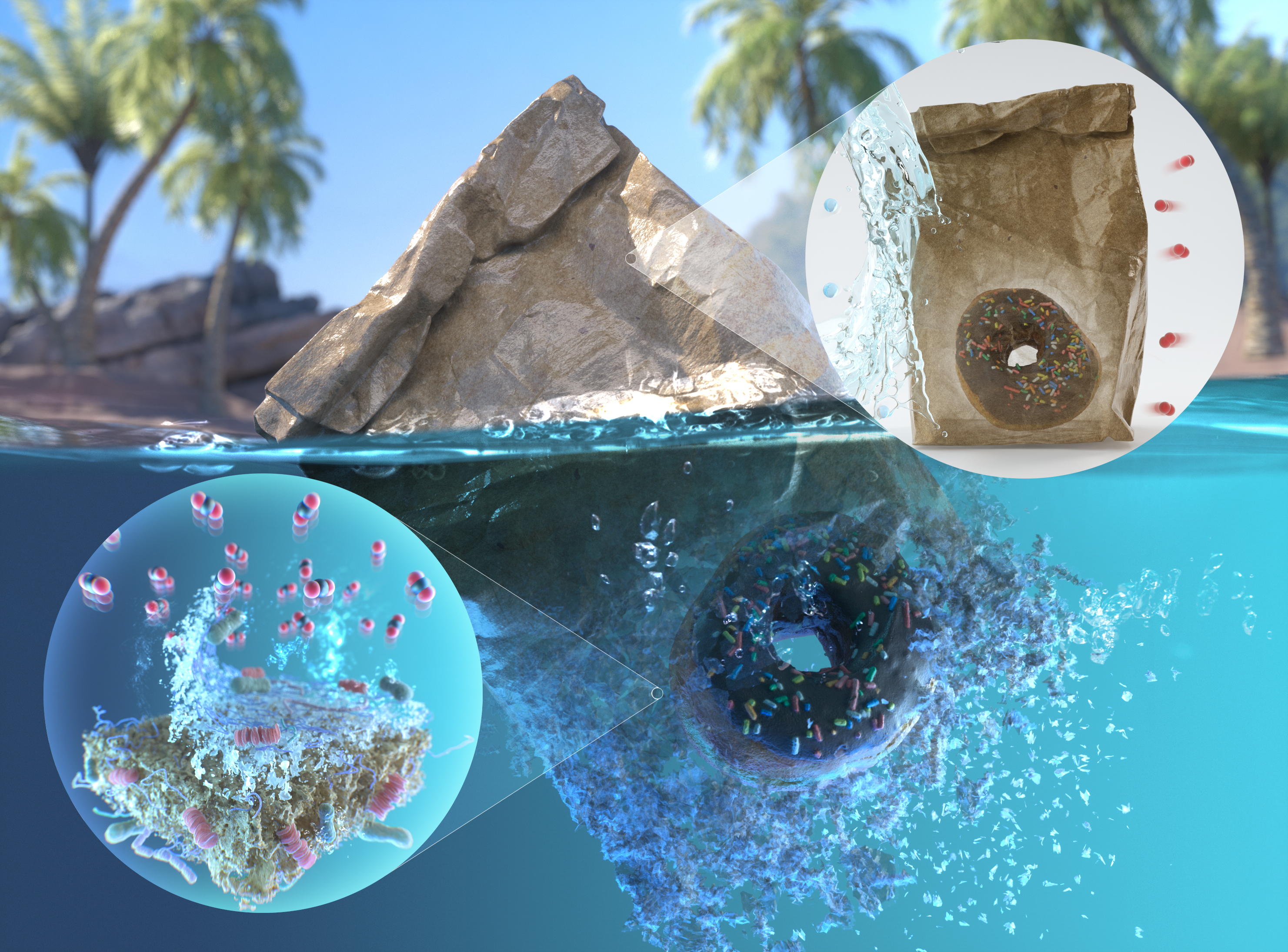
Is there a biodegradable packaging material that offers high performance without leaving microplastics?
Plastic pollution presents a global challenge that must be solved. In particular, packaging accounts for 30-50% of all plastic consumption. While paper packaging is eco-friendly, it lacks crucial functionalities such as moisture resistance and strength. Traditional coating materials exacerbate plastic pollution, prompting the need for sustainable alternatives.
Polyethylene (PE) and ethylene vinyl alcohol (EVOH) are typically used as coating materials to improve the low barrier properties of paper packaging, but these substances do not decompose and worsen microplastic pollution when disposed of in the natural environment. In response to this problem, packaging materials made from bio-based substances and biodegradable plastics have been developed, but in most cases, as the packaging performance improves, the biodegradability diminishes rapidly.
Professor Jaewook Myung’s research team in the Department of Civil and Environmental Engineering collaborated with Professor Hanseul Yang of the Department of Life Sciences and Professor Jongcheol Seo of the Department of Packaging and Logistics at Yonsei University to tackle the challenge of balancing packaging performance and sustainability. They successfully developed a sustainable, marine-biodegradable, high-performance paper coating material.
* Biodegradable plastic: A type of plastic that can be decomposed by microorganisms in natural environments such as in soil and in oceans or under artificial conditions such as industrial composting and anaerobic digestion by microorganisms.
*Microplastics: Tiny pieces of plastic less than 5 mm in size, produced during the decomposition of bulk plastic materials. Microplastics can persist in the sea for decades or longer, causing severe marine pollution.
The team utilized boric-acid-crosslinked poly(vinyl alcohol) (PVA), a biodegradable plastic, to coat the paper, thereby enhancing its biodegradability, barrier properties, and strength. The resulting coated paper exhibited superior performance compared to conventional plastics, with excellent barrier properties and physical strength, even in humid conditions.
The team also conducted in-depth examinations of the biodegradation and biocompatibility of the newly developed coated paper to evaluate its sustainability systematically. Biodegradation was assessed by simulating the marine environment, known for its challenging biodegradability conditions. The team employed a respiratory system-based bioreactor to measure the degree of carbon mineralization into carbon dioxide. After 111 days of biodegradation, it was found that the coated papers achieved 59-82% biodegradation depending on the coating component. The phenomenon by which marine bacteria decompose the coating material was captured through a scanning electron microscope. In addition, in vitro biocompatibility was confirmed through human embryonic kidney and mouse embryonic fibroblast cells, and the high in-vivo biocompatibility of the coated paper was verified through mouse experiments.
Through this study, the joint research team proposed a coating strategy that can improve packaging performance capabilities while upholding sustainability to address the drawbacks of paper packaging. The boric-acid-crosslinked PVA-coated paper eliminates the need for artificial composting conditions or sewage treatment facilities. Being biodegradable in natural environments and characterized by low toxicity, this newly developed coated paper does not exacerbate environmental pollution when accidentally discarded. Thus, it presents a sustainable substitute for plastic packaging materials.
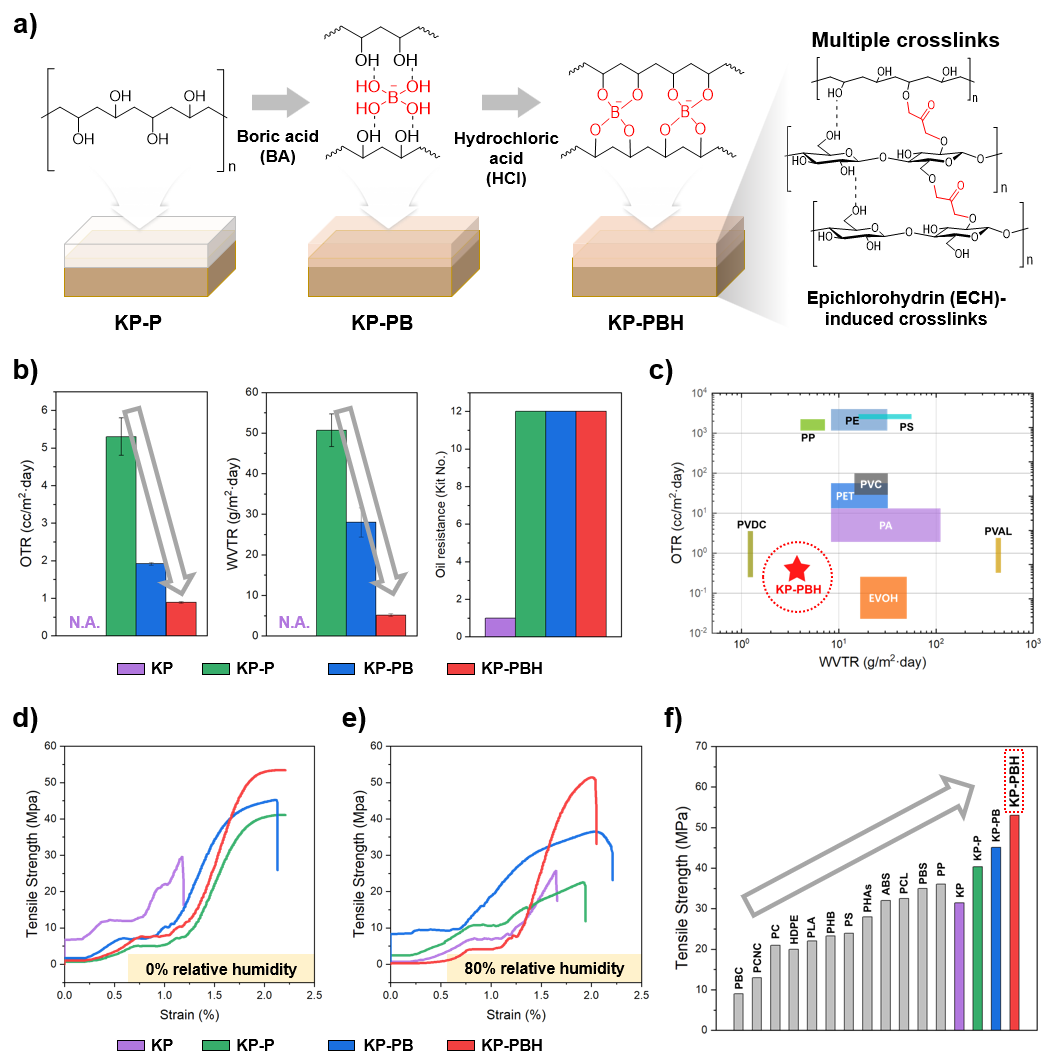
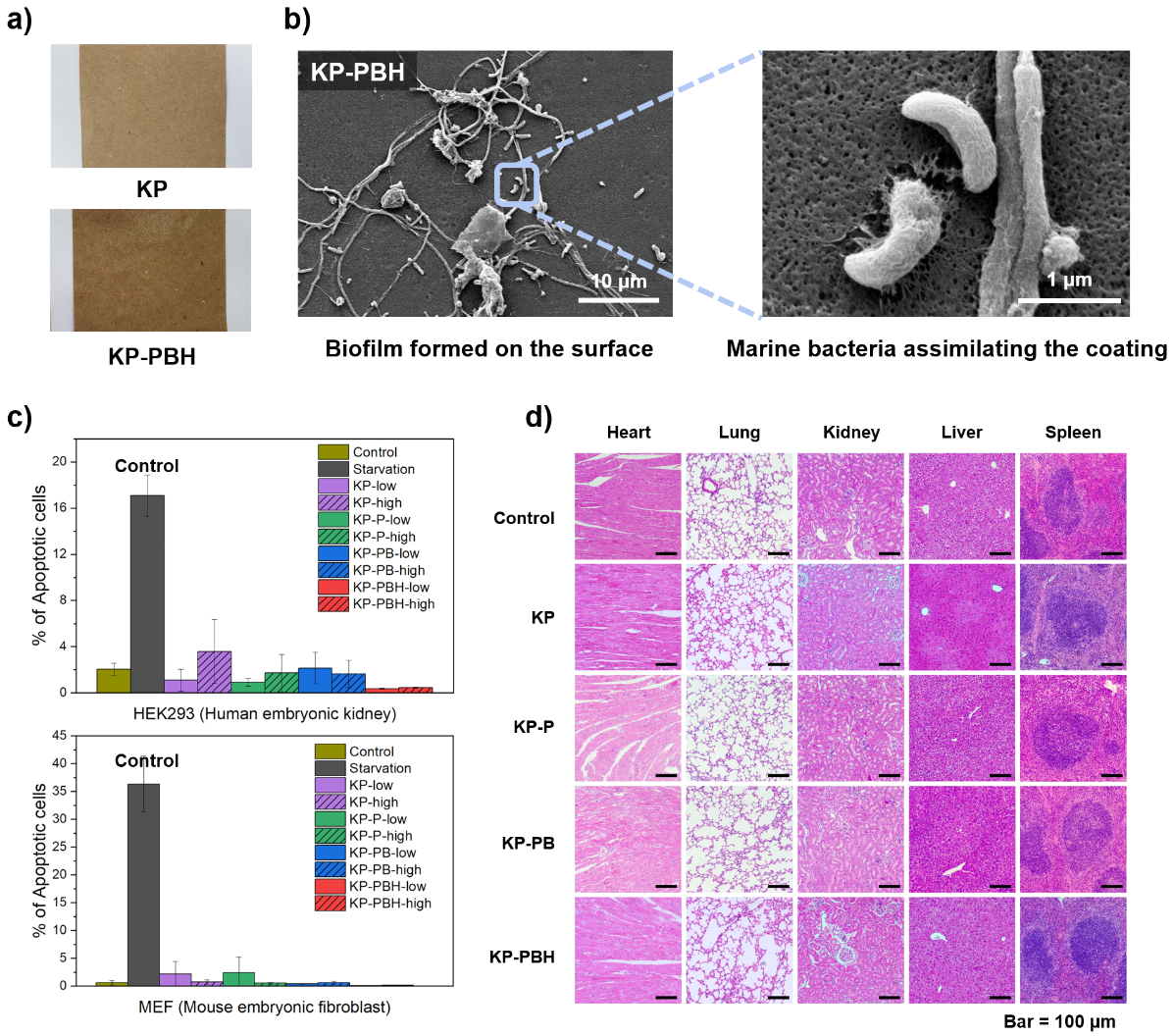

Most Popular

When and why do graph neural networks become powerful?
Read more
Smart Warnings: LLM-enabled personalized driver assistance
Read more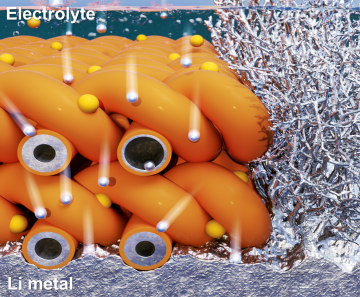
Extending the lifespan of next-generation lithium metal batteries with water
Read more
Professor Ki-Uk Kyung’s research team develops soft shape-morphing actuator capable of rapid 3D transformations
Read more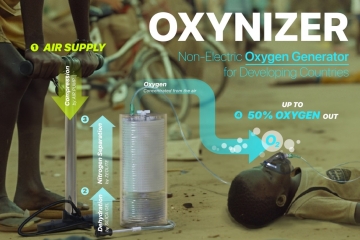
Oxynizer: Non-electric oxygen generator for developing countries
Read more